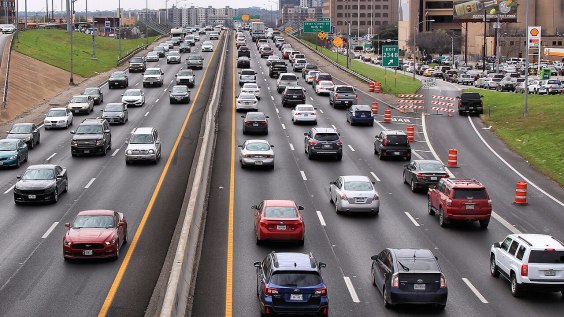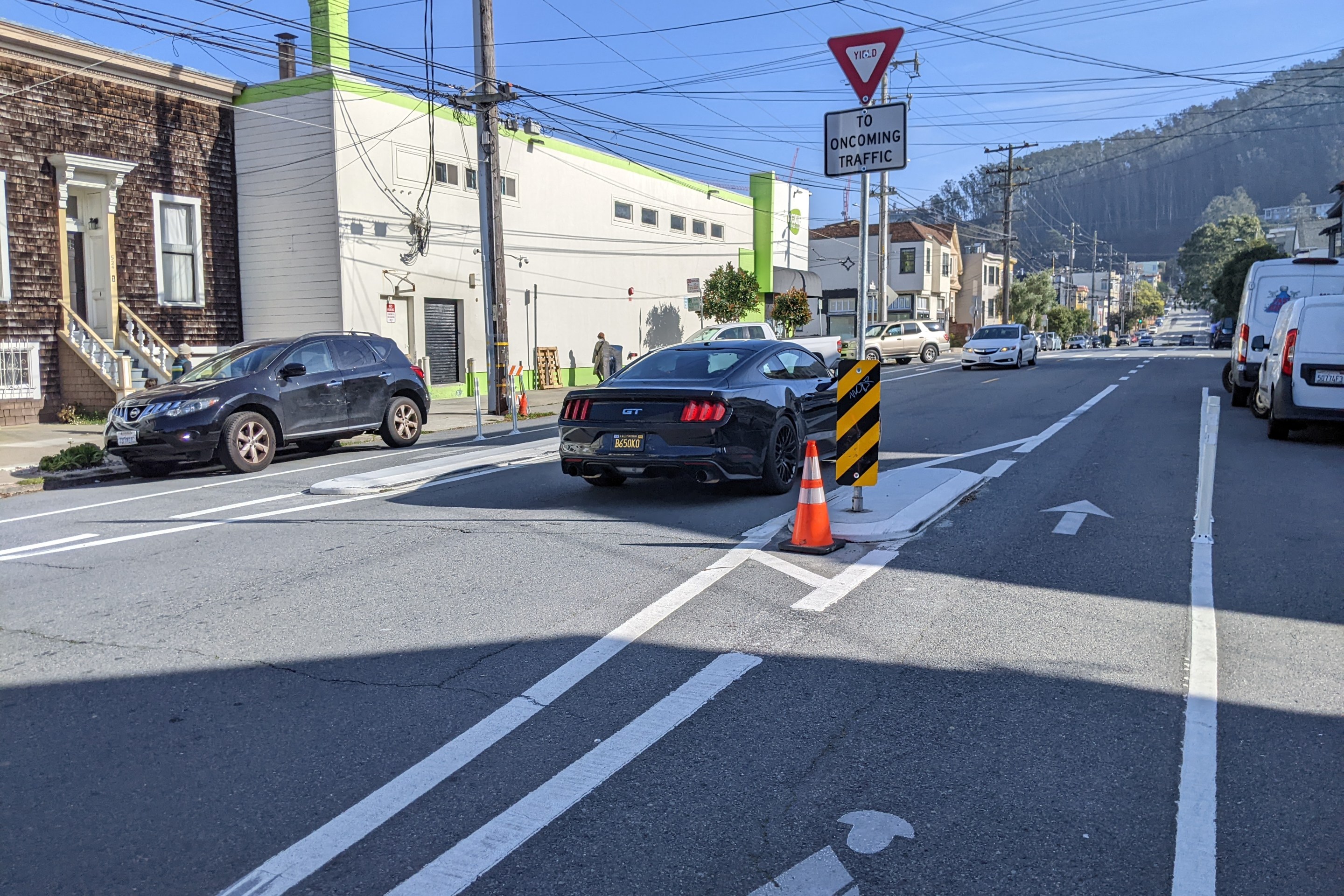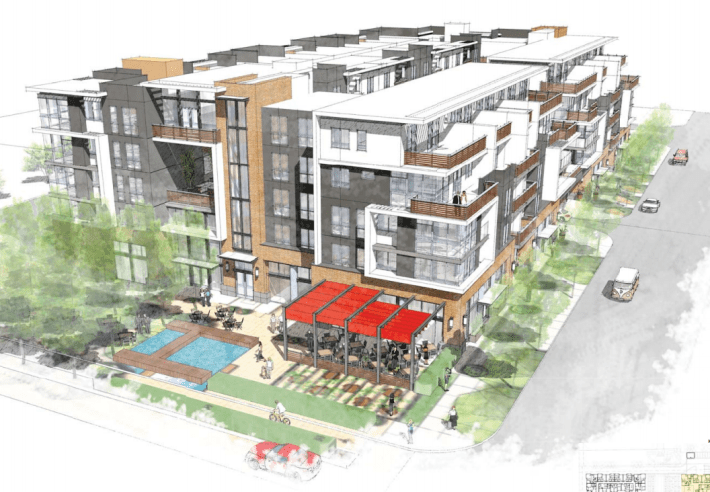
On Tuesday evening, Menlo Park's City Council reluctantly forwarded to the November 4 ballot an initiative that would reject two proposed developments that would replace largely-vacant auto dealerships with walkable offices, retail space, and apartments, and slow or stop future development along El Camino Real.
The proposed developments would boost transit ridership by bringing thousands more people within a ten-minute walk of the city's downtown Caltrain station. They would improve the city's pedestrian and bicycle networks with new, 15-foot wide sidewalks along the east side of El Camino, safer pedestrian crossings for El Camino, and a new ped/bike tunnel under the Caltrain tracks at Middle Avenue.
The anti-growth initiative, titled the "El Camino Real/Downtown Specific Plan Area Livable, Walking Community Development Standards Act", was drafted by the volunteer group Save Menlo and qualified for the city-wide ballot by collecting nearly 2,400 voter signatures by mid-May, more than 1,780 signature requirement. 65 percent of the signature-gathering campaign's $30,000 budget was donated by Atherton resident Gary Lauder, who serves on the neighboring town's Transportation Committee and fears "congestion, urban canyons, and related unintended consequences" from continued development in Atherton's vicinity.
If approved, the initiative would make significant changes to the El Camino Real/Downtown Specific Plan that the city adopted in June 2012, which guides downtown Menlo Park's development over the next 20 to 30 years. The plan envisions a mix of office, retail, hotel, housing, and open space, with a maximum of 680 units of residential and 474,000 square feet of non-residential development. The initiative would introduce additional caps on commercial development, including 100,000 square feet of office space per project and 240,820 square feet of office space in total. It would also require voter approval to override those caps.
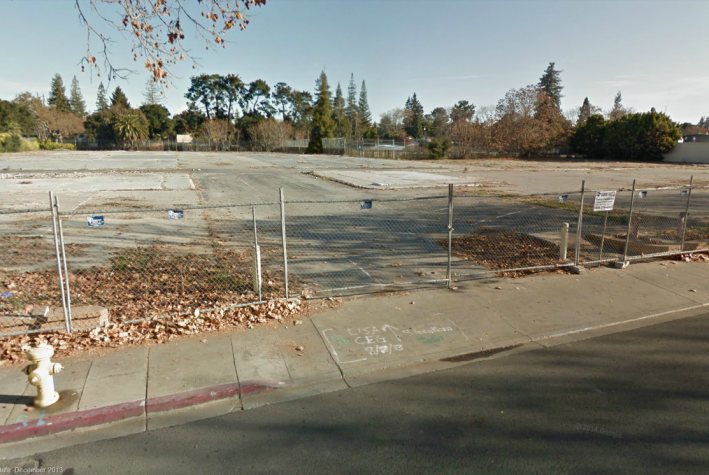
An independent consultant's report about the initiative concluded that the office space restrictions would likely shift future development to include more retail and housing. Those shifts would "likely carry with them a number of unintended consequences, including limiting transparency in the development process, expending greater City resources, diminishing clarity in enforcement policies, and exposing the City to escalated disputes and litigation."
All five city council members expressed serious concerns with the voter initiative, citing it as a barrier to transit-oriented development and objecting to the way the initiative would effectively overrule the five years of work (and over 90 public meetings) that went into the Downtown Specific Plan.
"I oppose this initiative," council member Peter Ohtaki stated at the meeting. "I'm especially concerned about ballot-box zoning," he said, referring to the "open-ended political process" of voter approval that could halt all commercial and residential development in downtown Menlo Park by adding uncertainty and delays to future projects.
"We deserve better on El Camino Real," said council member Kirsten Keith. "The areas where we need to have housing and offices is where we've already got public transportation."
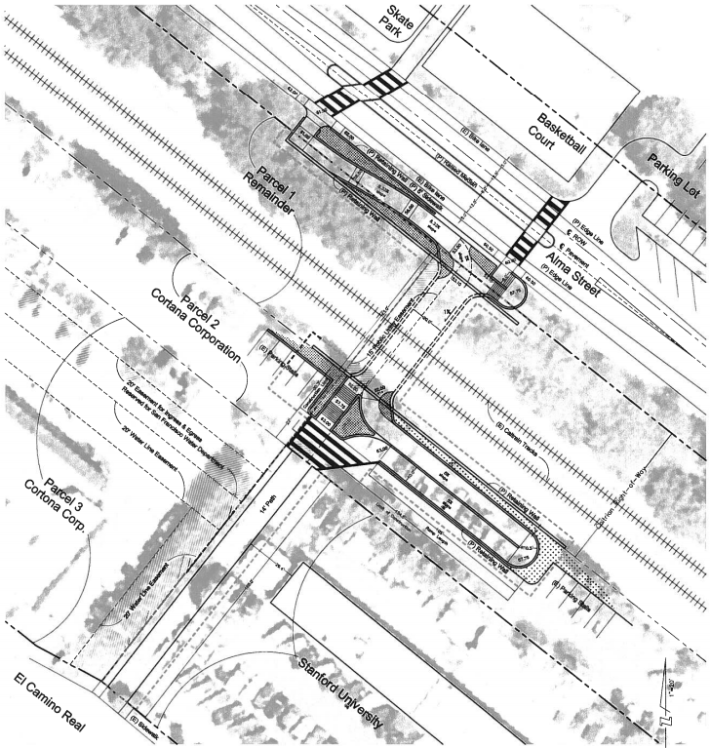
One development at stake in the initiative is Stanford University's proposed mixed-use development, which would construct 200,000 square feet of office space (potentially housing over 1,000 jobs), 10,000 square feet of retail space, and up to 170 residential units on vacant properties on the northeast side of El Camino Real, between Middle Avenue and Cambridge Avenue. The project is expected to include a ped/bike tunnel under the Caltrain tracks, connecting Alma Street and El Camino Real across from Middle Avenue, although Stanford hasn't yet committed funds for it. The tunnel, like the one neighboring Palo Alto constructed at Homer Avenue near its University Avenue Caltrain station in 2004, would fill a critical gap in the city's walking and bicycling networks by providing a direct, traffic-free route between the neighborhoods located on either side of El Camino Real.
Mayor Ray Mueller asked for a greater commitment from Stanford University towards the tunnel's construction -- which would boost public support for Stanford's project and potentially quell the initiative -- but Stanford officials say they don't yet have enough information about the tunnel's cost, and would prefer Menlo Park to pursue public grants for the tunnel.
"The way these projects get funded is that a big piece comes from your ability to get bike and pedestrian grant money," said Stanford Assistant Vice President and Director of Community Relations Jean McCown. "That, coupled with private money from Stanford... maybe there should be contributions from others who would benefit."
"I would like to see an undercrossing. I know we can get that paid for... it's very feasible," said council member Kirsten Keith, pointing to the Palo Alto bike/ped tunnel.
Just around the corner from downtown Menlo Park and the Caltrain station, Greenheart Land Company has proposed a similar mixed-use project for a vacant former Cadillac dealership at El Camino Real and Oak Grove Avenue. It would extend the currently dead-end Garwood Avenue to the Menlo Park Caltrain station, providing a low-traffic route parallel to El Camino Real.


